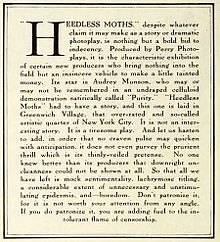Commentary or commentaries may refer to:

The Economist is a British weekly newspaper printed in demitab format and published digitally. It focuses on current affairs, international business, politics, technology, and culture. Based in London, the newspaper is owned by The Economist Group, with its core editorial offices in the United States, as well as across major cities in continental Europe, Asia, and the Middle East. In 2019, its average global print circulation was over 909,476; this, combined with its digital presence, runs to over 1.6 million. Across its social media platforms, it reaches an audience of 35 million, as of 2016. The newspaper has a prominent focus on data journalism and interpretive analysis over original reporting, to both criticism and acclaim.
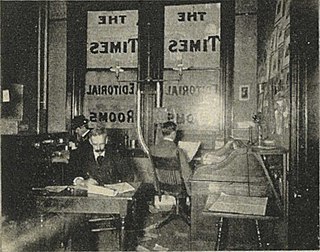
Editing is the process of selecting and preparing written, photographic, visual, audible, or cinematic material used by a person or an entity to convey a message or information. The editing process can involve correction, condensation, organisation, and many other modifications performed with an intention of producing a correct, consistent, accurate and complete piece of work.
An opinion piece is an article, usually published in a newspaper or magazine, that mainly reflects the author's opinion about a subject. Opinion pieces are featured in many periodicals.
An op-ed, short for "opposite the editorial page", is a written prose piece, typically published by a North-American newspaper or magazine, which expresses the opinion of an author usually not affiliated with the publication's editorial board. Op-eds are different from both editorials and letters to the editor. In 2021, The New York Times—the paper credited with developing and naming the modern op-ed page—announced that it was retiring the label, and would instead call submitted opinion pieces "Guest Essays." The move was a result of the transition to online publishing, where there is no concept of physically opposing (adjacent) pages.
An editor-in-chief (EIC), also known as lead editor or chief editor, is a publication's editorial leader who has final responsibility for its operations and policies.

The Tartan, formerly known as The Carnegie Tartan, is the original student newspaper of Carnegie Mellon University. Publishing since 1906, it is one of Carnegie Mellon's largest and oldest student organizations. It currently has over 170 student members, who contribute on a weekly basis. It is funded by advertisements and the university's student activities fee.

The Daily of the University of Washington, usually referred to in Seattle simply as The Daily, is the student newspaper of the University of Washington in Seattle, Washington, USA. It is staffed entirely by University of Washington students, excluding the publisher, advertising adviser, accounting staff, and delivery staff.
The editorial board is a group of experts, usually at a publication, who dictate the tone and direction the publication's editorial policy will take.

A letter to the editor (LTE) is a letter sent to a publication about an issue of concern to the reader. Usually, such letters are intended for publication. In many publications, letters to the editor may be sent either through conventional mail or electronic mail.

The Tufts Daily, known on campus as the Daily, is the student newspaper of record at Tufts University in Medford, Massachusetts. The paper covers news, arts and sports both on campus and in the greater Boston area and allows members of the Tufts community to submit opinion pieces about campus, local and global issues. Unlike other student organizations and publications at Tufts, the Daily is financially self-sustaining and does not receive funding from the university.
The Sheaf is a student-run newspaper serving the University of Saskatchewan in Saskatoon, Saskatchewan since 1912. A new issue comes out every Thursday with approximately 3,000 copies per issue.
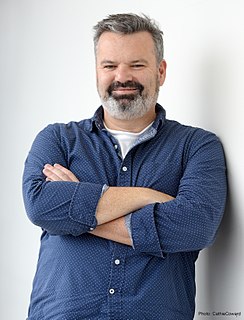
Graeme MacKay is the Hamilton Spectator's resident editorial cartoonist. Born in 1968, grew up in Dundas, Ontario. A graduate from Parkside High School in Dundas, Graeme attended the University of Ottawa majoring in History and Political Science. There he submitted cartoons to the student newspaper, The Fulcrum, and was elected as graphics editor by newspaper staff. Between 1989 and 1991 he illustrated and, along with writer Paul Nichols, co-wrote a weekly comic strip, entitled "Alas & Alack", a satire of current day public figures framed in a medieval setting.

The Cavalier Daily is an independent, student-run daily news organization at the University of Virginia. Founded in 1890, under the name College Topics, The Cavalier Daily is Virginia's oldest collegiate daily and the oldest daily newspaper in Charlottesville, Virginia.
The Medium a student newspaper in the United States. It is a student-run weekly satire and comedy publication at Rutgers University, the state university of New Jersey. Founded in 1970 as The Livingston Medium, it is the second largest newspaper in circulation at Rutgers University, after the official student newspaper, The Daily Targum. Referring to itself as the "Entertainment Weekly of Rutgers University", the more recent incarnations of The Medium focus on satirical and humorous articles based on current events, popular culture, and events on the Rutgers campuses. Since 1970, the newspaper has been headquartered on Livingston Campus.

The Jewish Press is an American weekly newspaper based in Brooklyn, New York, and geared toward the Modern Orthodox Jewish community. It describes itself as "America's Largest Independent Jewish Weekly".
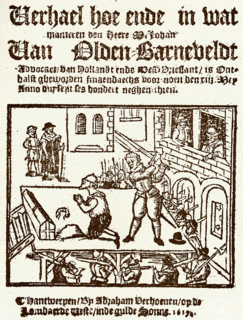
A newspaper is a periodical publication containing written information about current events and is often typed in black ink with a white or gray background.
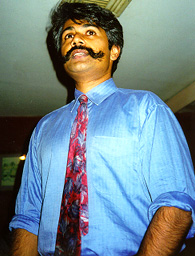
Tunku Varadarajan is a India-born naturalised British writer and journalist, formerly editor of Newsweek Global and Newsweek International. He is currently the Virginia Hobbs Carpenter Research Fellow in Journalism at the Hoover Institution at Stanford University, and a contributing editor at POLITICO Europe.
The Suffolk Journal is the undergraduate student newspaper of Suffolk University. It has operated continuously since 1936. The Journal prints a 16-page weekly newspaper, distributed across campus.
This glossary of journalism is a list of definitions of terms and concepts used in journalism, its sub-disciplines, and related fields, including news reporting, publishing, broadcast journalism, and various types of journalistic media.
